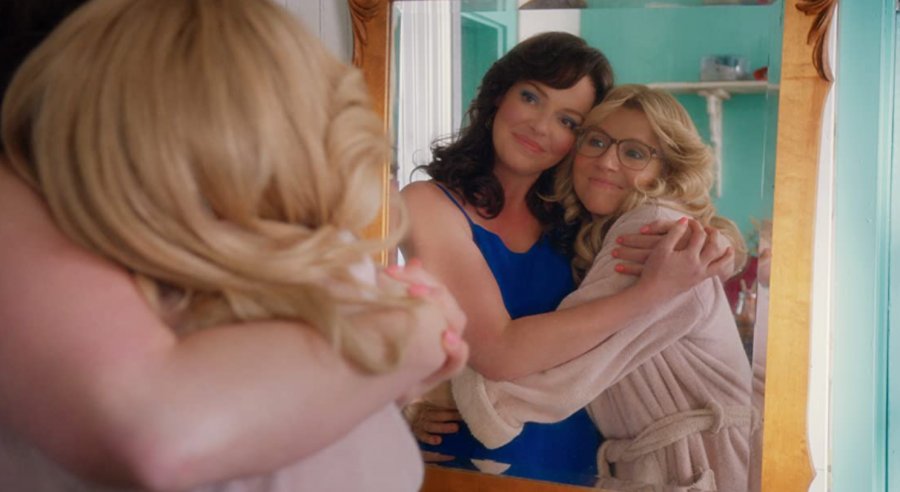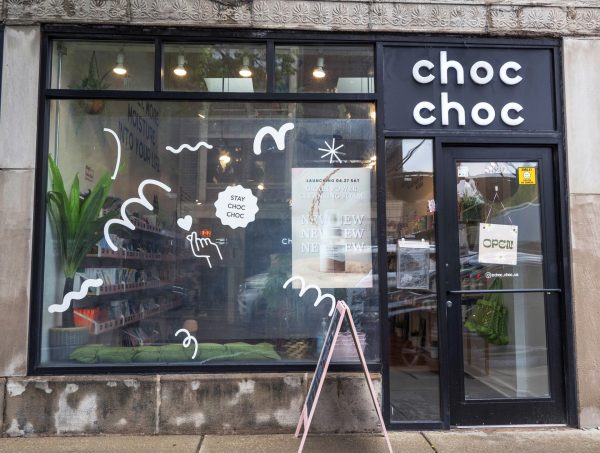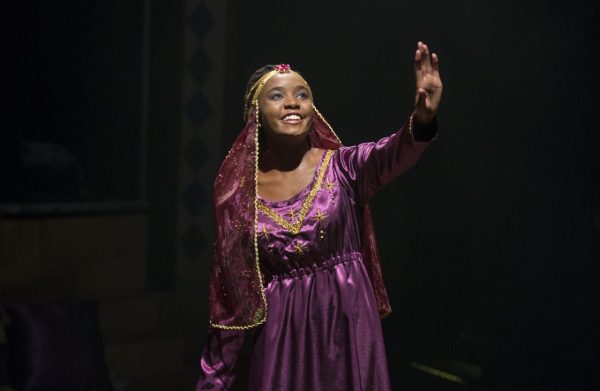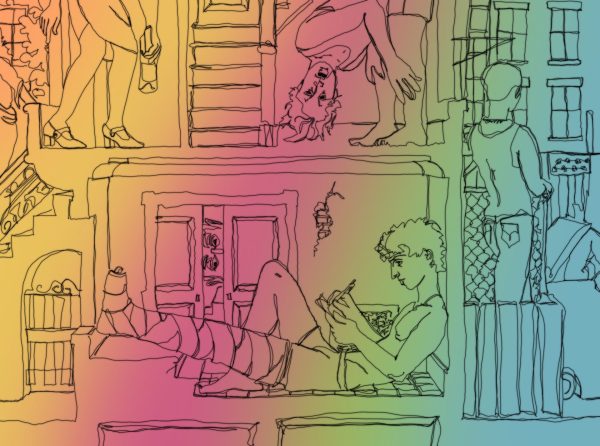REVIEW: ‘Firefly Lane’ is a series about journalism, womanhood and being a force of nature
Katherine Heigl and Sarah Chalke play lifelong best friends in “Firefly Lane,” created by Maggie Friedman.
“The future of journalism are women. The future of journalism is women. Women are the future of journalism. I am the future of journalism. And the future is looking bright.” Kate Mularkey (Sarah Chalke) says to herself as she ties the bow to her blouse before heading to a job interview at a local newsroom set up by her best friend Tully Hart (Katherine Heigl).
“Firefly Lane” was released on Netflix on Feb. 3 forecasting Katherine Heigl’s latest comeback to the acting scene. Heigl is most known for being one of the main characters starring in “Grey’s Anatomy,” when she left the soap in 2010 after six seasons. Prior to leaving “Grey’s Anatomy,” Heigl often criticized the writers for giving her character Dr. Izzy Stephens a lack of depth and complexity.
After stepping out of the light from both her TV and movie career, Heigl enters “Firefly Lane” boldly as a humorous, outspoken, strongly motivated and complex woman who not only navigates the harsh misogyny of the journalism world but also the agony of dealing with depression, childhood trauma and late womanhood.
Created by Maggie Friedman, Netflix’s “Firefly Lane” is based off of the 2008 novel by Kristin Hannah. The series flips back and forth between 1974, 2003 and 2005 exploring 30 years of friendship after Kate Mularkey and Tully Hart first meet at their bus stop on Firefly Lane.
For 30 years, Kate and Tully navigate life together as they grow up in suburban Seattle, weaving through the drama of being eighth grade teenagers, childhood trauma, sexual assault, disappointing mothers, dealing with misogynistic broadcast professors, crushing over newsroom bosses, confronting family secrets, drug addictions and affairs.
Young Tully (Ali Skovbye) and young Kate (Roan Curtis) are two different types of eighth grade girls as they are grown adults. Tully is the free-spirited, outspoken hot new girl in town while Kate is portrayed at the bottom of the social food chain with her nose inside a book. But when they meet, their relationship is seen as a fiery dynamic duo. Their young years are filled with middle school drama, crashing high-school dances, period talks and experiencing all of the first of firsts.
In adulthood, Tully is the successful and famous news broadcaster with her own show – a sort of Ellen DeGeneres type talk show. And Kate is a modest soon-to-be divorcee stuck in between crushing and loving two different men – one her own husband.
Misogyny in the journalism industry meets regular old-fashioned misogyny in “Firefly Lane.” It displays the pain, hardship and societal standards of being a woman and how society treats you when you are pregnant – or how it looks at you when you are 43 and decide not to have children.
The show may seem like it’s geared towards women who are interested in the journalism field – based off of Netflix’s previews. But the portrayal of journalism in the show is only a subplot. While incorporating two best friends’ experiences in the journalism industry, “Firefly Lane ” does something more than any other journalism based program does – it shows how journalists have much more of a life outside of work other than just newsroom conflicts. It encourages the honesty of sexual relationships, independence, braveness, motherhood, friendship and loss through the skips and jumps of the many different timelines of the two girls’ lives.
“Firefly Lane” encapsulates the deep misogyny in the TV news world as Tully Hart works her way up to be a famous broadcaster. It shows the rapid development in the journalism industry as Kate applies for jobs after years of being out of work and behind on the technology. The character of Johnny Ryan (Ben Lawson) encapsulates how the 1980s-1990s news industry scopes out stories and fails to shed light on the violence, brutality and truth that goes on in the world.
“Firefly Lane” explains the entanglement of friendships and love-lives and how we are often attracted to our opposite natures and that life will force us out of our shells. It shows how often the traumas of our past revisit us in our future. It shows that no matter how much you think you know your best friend or family – you may not really know or understand them at all.
The complexity of the show is just as vigorous as Tully and Kate’s relationship with each other as are their relationships with others. It requires being able to let go of one scene in the now to be taken back to a scene from 1974. The viewer has to be ok of not knowing the whole story and putting puzzle pieces together to make their own predictions.
The show is truthfully like a book, you’ll want to skip ahead, you’ll want to put it on fast forward to see what Kate and Tully are doing in their adult lives. It makes you imagine what your three timelines would be if someone were to write a show based off of you.
“Firefly Lane” is one season, 10 episodes long that will have you sunk to your seat, wiping away tears and cheering on romantic relationships as well as hoping others will end. It will leave you questioning the journalism industry as well as nostalgic about your own past. You’ll learn a bit about ‘70s, ‘80s, ‘90s fashion senses, miss the nights of being out at bars, and gather a good playlist. Maybe it will have you fantasize about being a middle aged divorcee or having a Seattle Penthouse. And if you are a woman such as myself in the journalism industry, perhaps it will make you more aware of the misogyny around you.
















Judie andrews • Mar 16, 2021 at 10:11 am
BEST SERIES I HAVE EVER SEEN!
THE RIGHT ROLES FOR THE RIGHT PEOPLE!
PLEASE LET ME KNOW ABOUT SEASON 2.